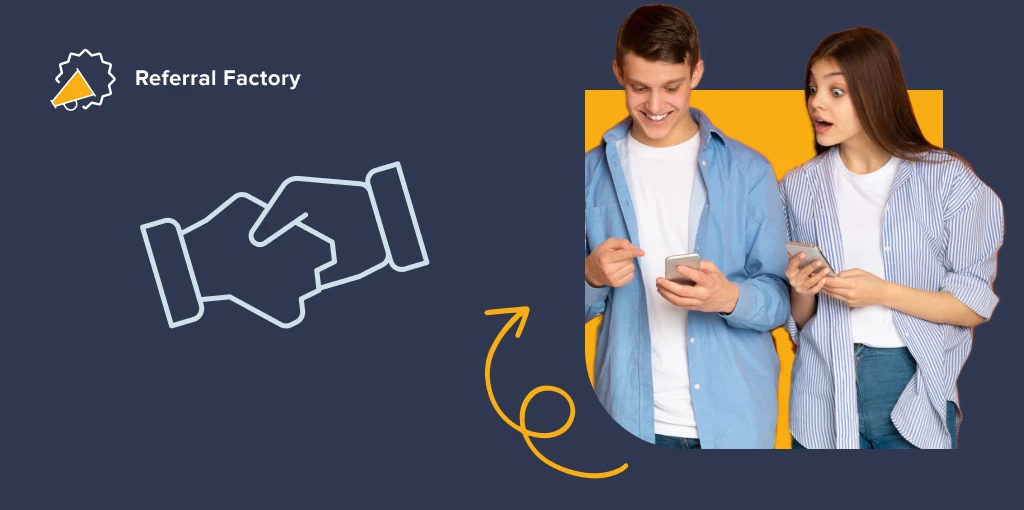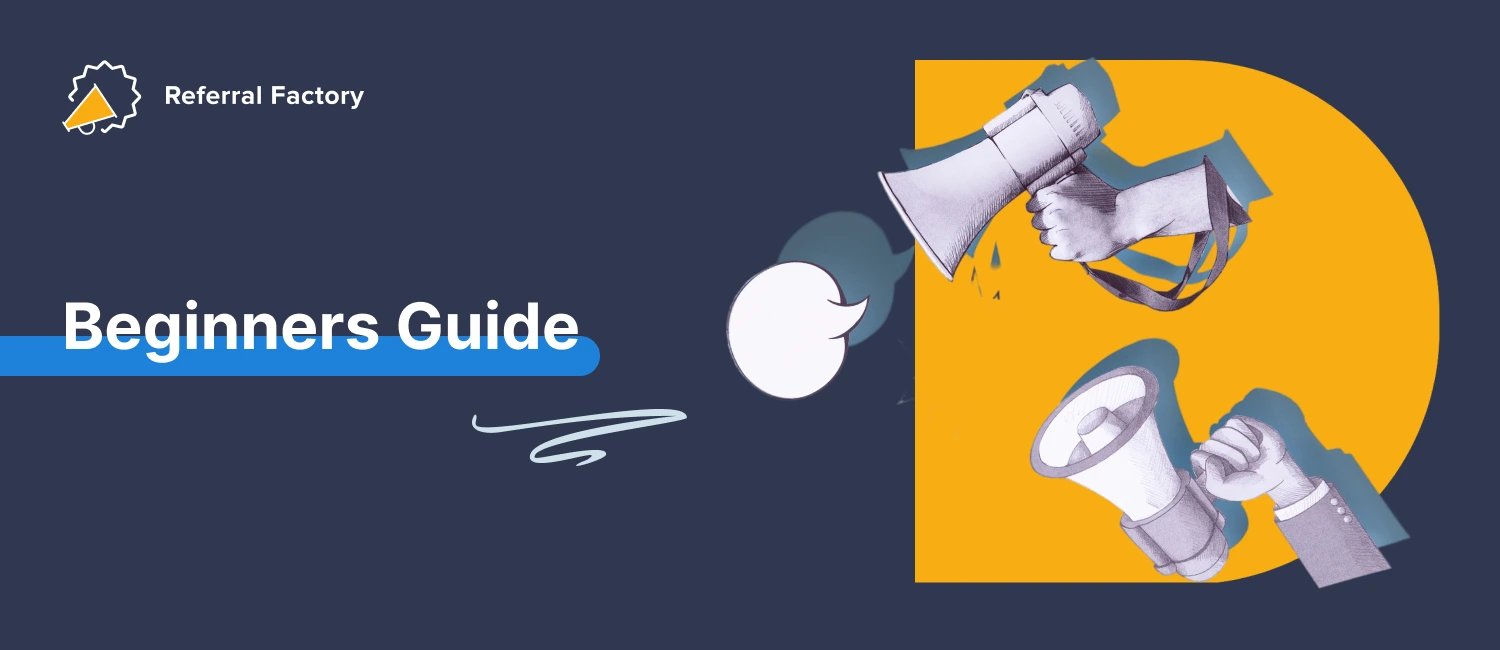How to Choose A Referral Software Vendor: The Smart Marketer’s Deep Dive
If you’re reading this, you’re probably a marketer, founder, or growth lead who wants to build a referral engine that runs on autopilot.
You’re not alone.
Referral marketing is one of the most effective and cost-efficient channels, but launching a referral program isn’t just about picking any tool and sending out a few links. You need software that’s easy to launch, automates the heavy lifting, and scales with you.
Here’s what to look for when choosing the right referral software – especially if your goal is to generate steady, high-converting referrals without managing the chaos manually.
Table of Contents
1. ⚡ Instant Setup (No Scripts, No Developers)

The best growth experiments are the ones you can launch fast. If your referral program needs a dev to install tracking scripts or weeks of planning to go live… you’re doing it wrong.
Look for plug-and-play software that connects directly to Stripe or your CRM, so you can launch a referral program in under a day – without writing a line of code. Bonus points if it comes with templates or drag-and-drop tools so you can customize it easily without breaking anything.
Pro tip: Choose a tool that lets you authenticate your Stripe or CRM account, skipping the need to add manual scripts. The fewer technical steps, the faster you launch.
2. 🤖 Built-in AI That Actually Helps

AI is everywhere, but in the world of referral software, it can genuinely save you days of work.
Modern platforms now offer AI-powered referral program builders. You simply enter your website, and the tool generates all your referral pages, copy, visuals, and calls-to-action — all aligned to your brand.
For example, Referral Factory uses AI to instantly create referral flows that look and feel like your brand. meaning you can go from idea to live program in minutes, not days.
If you’re short on time, budget, or bandwidth (and let’s face it, who isn’t?) – AI tools are your cheat code.
3. 📬 Smart Notifications for Everyone Involved

Here’s a reality no one tells you: referrals trickle in over time – sometimes weeks after someone shares your link.
That’s why automated notifications are non-negotiable. Your referrers need to know:
- Did their friend sign up?
- Did they earn a reward?
- What’s their progress so far?
Without this, your inbox will fill up with “Hey, did you get my referral?” emails. Avoid the chaos — choose a tool that automates the communication loop both ways.
Look for platforms that handle:
- Referral confirmation emails
- Reward notifications
- Program reminders to re-engage dormant referrers
4. 🔗 Links > Codes — Personalization Wins

Referral codes are outdated. They’re clunky, impersonal, and nearly impossible to track reliably.
Instead, use a platform that creates unique, personalized links and pages for each referrer. Why?
Because personalization = performance.
Think about it: a referral page that says
“Sarah recommends this business”
feels more like a genuine endorsement than a random discount code. It builds trust, improves click-through rates, and gives you deeper analytics per user.
If your goal is performance marketing, referral links with personal landing pages are mandatory. Skip the codes. Stick to links.
5. 📈 Integrations with Stripe, CRMs & Your Funnel

Your referral program should plug directly into your existing funnel, not sit on an island.
Choose software that integrates with:
- Stripe – so you can track real revenue from referrals
- HubSpot, Salesforce, Pipedrive, etc. – to sync referral data to your CRM
- Zapier or webhooks – to automate even further
This allows you to:
- Attribute revenue to referrals
- Trigger rewards only when real conversions happen
- Sync data to your sales pipeline
If your referral tool isn’t connected to your core stack, you’ll be stuck doing manual reporting – and that’s the opposite of autopilot.
6. 📣 Multiple Ways to Ask for Referrals (On Autopilot)

Your users won’t refer unless you ask at the right time, in the right place. Choose referral software that gives you flexible, automated ways to make the ask.
Look for tools with:
- Embeddable widgets
- Post-purchase popups
- Email sequences
- Shareable landing pages
- QR codes or WhatsApp flows (for offline + mobile)
This multi-channel approach ensures you catch users when they’re most excited, right after a purchase or great experience.
7. 🎁 Flexible Reward Management

Not all incentives are created equal. You’ll want software that supports:
- Fixed rewards (like $10 per referral)
- Percentage-based rewards (like 10% of the first purchase)
- Store credit, gift cards, discounts, and more
As your referral program evolves, your reward structure might too. Choose a tool that gives you flexibility from the start, so you’re not boxed into one incentive forever.
🧠 Final Thoughts: What Referral Software Should You Use?
Choosing the right referral software isn’t just about features – it’s about removing friction from setup, participation, and tracking.
If you want to build a referral engine that runs on autopilot, look for:
- ✅ No-code setup
- ✅ AI-powered flow creation
- ✅ Personalized referral pages (not codes)
- ✅ Deep integrations with Stripe + CRM
- ✅ Built-in notifications and automations
- ✅ Multi-channel referral prompts
- ✅ Flexible rewards
When all of these come together, referrals stop being a campaign and become a self-sustaining growth loop.




